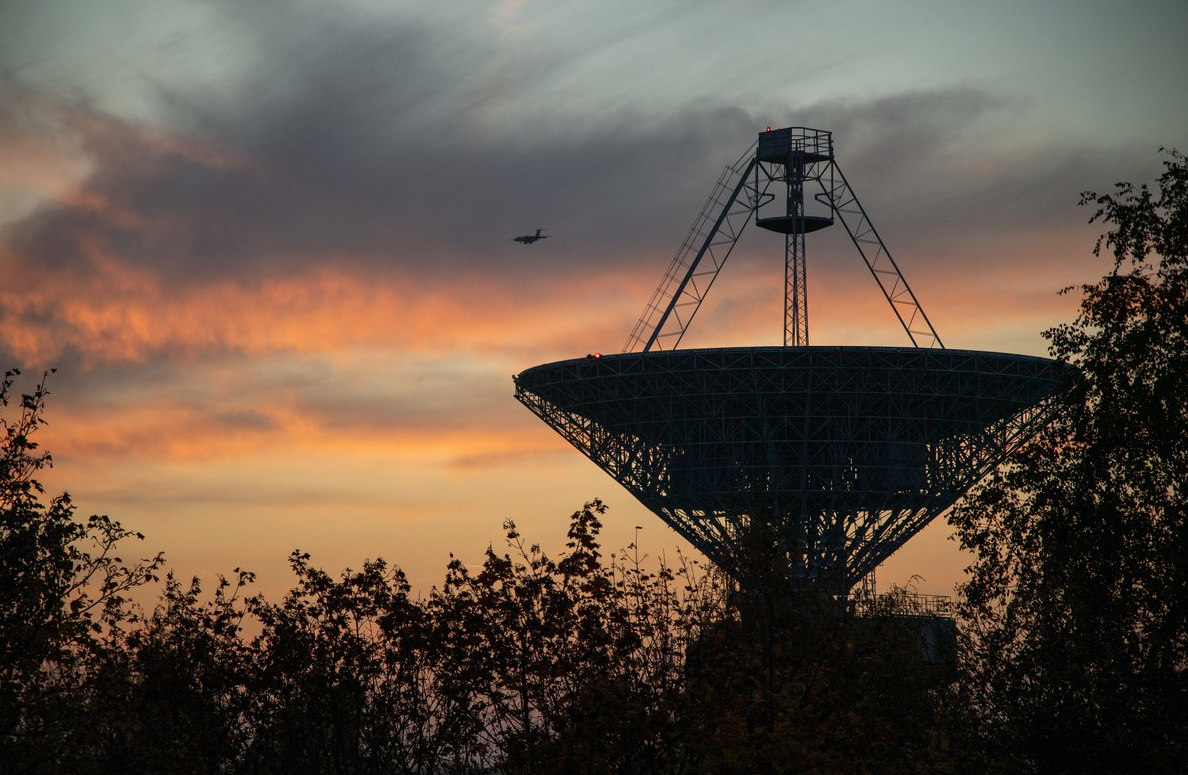
Russia Monitor is a review of the most important events related to Russian internal and external security, as well as its foreign policies.
Date: 30 November 2021
Russian Anti-Satellite Missile Test Causes U.S. Concern
Russia is developing air defense systems in space, which does not violate its arms control treaties with the United States. The country is enhancing its strategy for taking down U.S. satellites in the event of a conflict, believing this would curb America’s military advantage in this respect.

Russia conducted a direct-ascent anti-satellite (ASAT) test on November 15 to destroy its Soviet-era defunct satellite, Cosmos 1408, that has been in orbit since the 1980s. Russian Defense Minister Sergei Shoigu on November 16 said the weapons test had targeted an old satellite with “razor-sharp precision.” “The debris it produced did not create any threat and does not pose any obstacles or difficulties to the functioning of orbital stations and spacecraft, or to other space activities,” Shoigu said, adding 1,500 traceable pieces of debris would not endanger space operations of the International Space Station. The U.S. administration has condemned the Russian anti-satellite test. U.S. Secretary of State Antony Blinken said he condemned “Russia’s reckless test of a direct-ascent anti-satellite missile against its satellite, and the interests of all nations.” It was for more than ten years that Russia has sought to develop a space defense system capable of intercepting space missiles. The country’s weapon, formerly known as Nudol, has undergone tests recently. Russia sees its direct-ascent anti-satellite missiles as a vital element of its military rivalry with Washington. By deploying a large number of dual-use ground-based interceptors for anti-missile and anti-satellite defense systems, Moscow could argue it was not dispatching any weapons into space while still being able to take down major U.S. satellites. By doing so, Russia could cripple or damage U.S. real-time intelligence gathering capacity, GPS navigation, communications, or network, by destroying guided weapons, cruise missiles, or unmanned aerial vehicles. This move could help Russia bridge the tech gap with the United States and dramatically shift the balance of power between the two sides.
Support Us
If content prepared by Warsaw Institute team is useful for you, please support our actions. Donations from private persons are necessary for the continuation of our mission.
_________________________________
All texts published by the Warsaw Institute Foundation may be disseminated on the condition that their origin is credited. Images may not be used without permission.
















